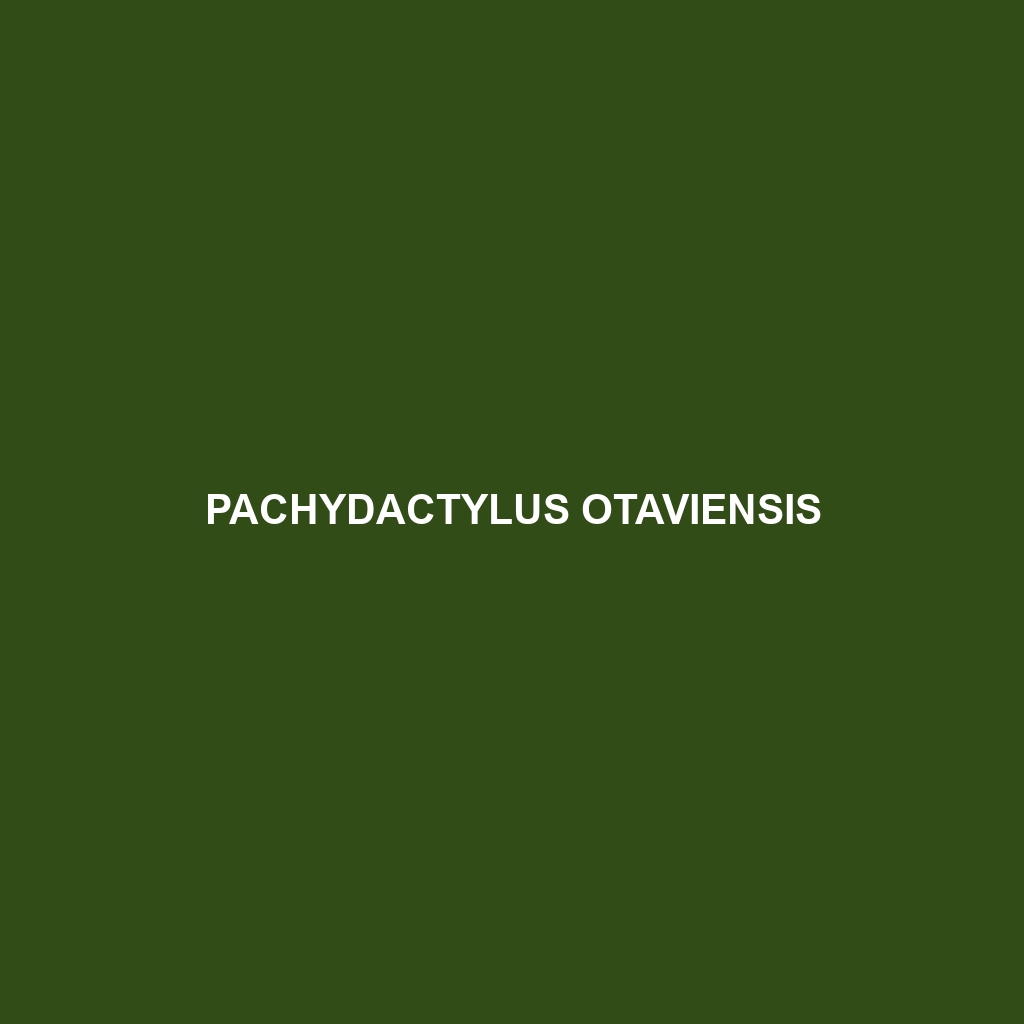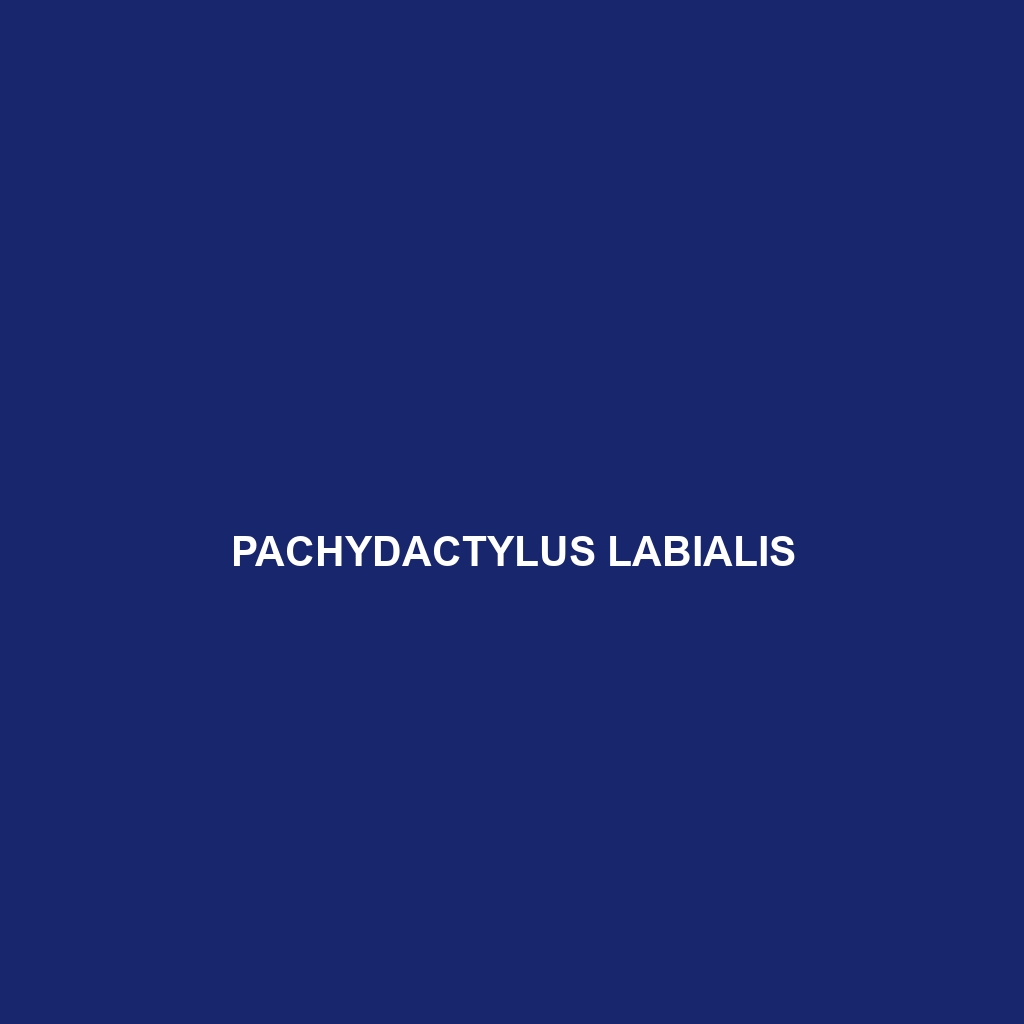Introducing the Narrow-Toed Gecko (Phyllodactylus angustidigitus), a small, nocturnal reptile measuring 50-80 mm, known for its colorful speckled patterns and adaptability across diverse tropical habitats. This insectivorous species plays a crucial role in its ecosystem by controlling insect populations while serving as prey for larger predators.
Tag: gecko conservation status
Phelsuma andamanensis
Discover the vibrant Phelsuma andamanensis, or Andaman day gecko, known for its striking green skin, large expressive eyes, and agile climbing abilities. Native to the lush forests of the Andaman Islands, this diurnal species plays a vital role in its ecosystem as an insectivore and occasional pollinator, making it a fascinating addition to any exotic pet collection.
Paroedura stellata
The Paroedura stellata, or starry ground gecko, is a nocturnal insectivore native to the rainforests of Madagascar, known for its distinctive light brown coloration with darker spots, measuring 15-20 cm in length. This gecko plays a crucial role in its ecosystem by regulating insect populations and serving as prey for larger predators.
Pachydactylus weberi
Introducing the Pachydactylus weberi, known as Weber's thick-toed gecko, a robust, nocturnal reptile from the arid regions of southwestern Africa. With its striking coloration for camouflage and specialized climbing abilities, this insectivorous gecko plays a crucial role in maintaining ecological balance by regulating insect populations.
Pachydactylus visseri
<b>Pachydactylus visseri</b>, known as the Namibian gecko, is a medium-sized insectivore found in arid regions of southern Africa, notable for its flattened body, large toes for sandy terrain, and remarkable camouflage abilities. This nocturnal species plays a crucial role in ecosystems by controlling insect populations and serves as an important indicator of environmental health.
Pachydactylus scutatus
<p>The <b>Pachydactylus scutatus</b>, or shield-toed gecko, thrives in the arid landscapes of southern Africa, displaying a unique camouflage with earthy brown and yellow patterns. This nocturnal insectivore measures 8 to 12 cm, featuring broad toes for climbing, excellent night vision, and a remarkable ability to regenerate its tail, playing a vital role in controlling insect populations within its ecosystem.</p>
Pachydactylus otaviensis
<p><b>Pachydactylus otaviensis</b>, also known as the Otavi thick-toed gecko, is a nocturnal insectivore native to the arid regions of Namibia, distinguished by its stout body, thick toes, and remarkable camouflage that aids in its survival among rocky terrains. This species plays a vital role in controlling insect populations and maintaining ecological balance within its habitat.</p>
Pachydactylus oshaughnessyi
<p><b>Pachydactylus oshaughnessyi</b> is a medium-sized gecko native to southern Africa, characterized by its elongated, flattened body and large, bulbous toes for excellent grip on rocky terrains. This nocturnal insectivore exhibits distinct earthy coloration for camouflage and plays a crucial role in regulating insect populations within its ecosystem.</p>
Pachydactylus mariquensis
<p><b>Pachydactylus mariquensis</b> is a medium-sized gecko found in the arid regions of southwestern Africa, particularly Namibia and South Africa. Known for its remarkable adaptability to extreme temperatures and unique camouflage, this nocturnal insectivore plays a vital role in its ecosystem by helping control insect populations.</p>
Pachydactylus labialis
Discover the Pachydactylus labialis, or thick-toed gecko, a robust nocturnal reptile native to the dry savannas of southern Africa, known for its striking earthy coloration, remarkable climbing ability, and diet primarily consisting of insects. This species thrives in rocky outcrops and plays a vital role in maintaining ecological balance within its habitat.









